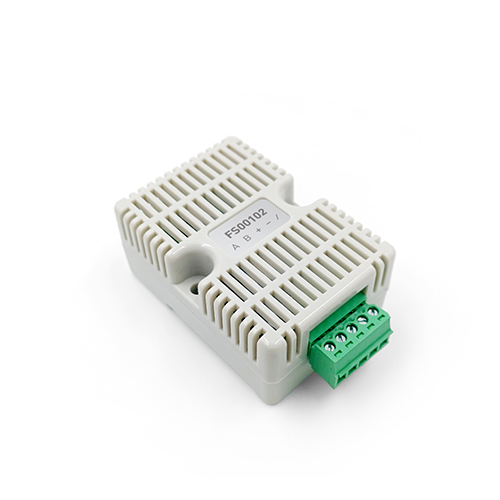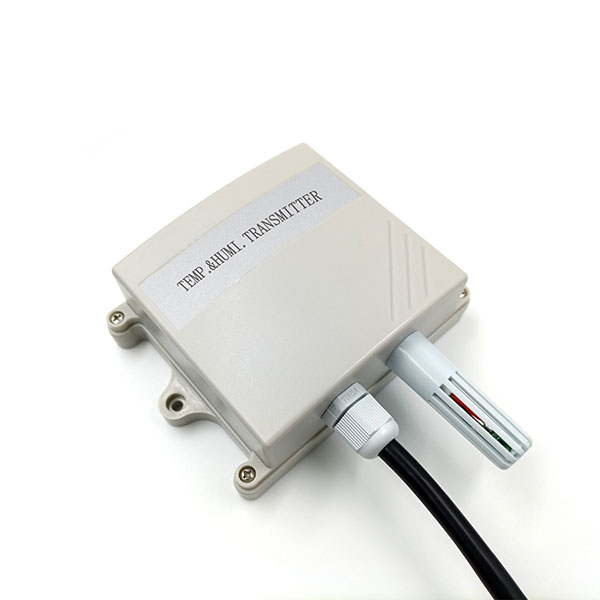How does humidity sensor work?
Humidity is a physical quantity used to characterize the moisture content of the air. With the continuous development and progress of society, the detection and control of humidity are becoming more and more important. When it comes to humidity sensors, are you unfamiliar with them? In fact, humidity sensors are widely used in our lives. Humidity sensors may be small, but they serve a huge purpose! Next, let’s take a closer look at what a humidity sensor is, how does humidity sensor work, and the applications of humidity sensors!

How does humidity sensor work?
According to different signal conversion methods, humidity sensors can be divided into acoustic humidity sensors, electrical humidity sensors, optical humidity sensors, etc. Acoustic humidity sensors are made based on the principle that the acoustic signal changes with changes in humidity. Electrical humidity sensors include resistive humidity sensors and capacitive humidity sensors. They are respectively made based on the principle that capacitance or resistance changes with changes in humidity. Optical humidity sensors are produced based on the principle that changes in humidity lead to changes in the properties of the media layer, thereby changing the properties of light propagation. The following takes an electrical sensor as an example to introduce its working principle in detail.
The working principle of the humidity sensor is to use some materials that are very sensitive to humidity changes (moisture-sensitive materials), such as ceramics or polymers. When they absorb or release moisture, the conductivity of the moisture-sensitive material will change, and this change will be processed by the processor. Read and convert into analog signals or digital signals according to certain rules, and finally display the corresponding humidity value.
Most of the humidity sensors we use daily are electrical sensors, and many of them have temperature sensors integrated inside. Currently, Temperature and Humidity Sensors are increasingly used in applications.

Humidity sensor applications
Humidity sensors are widely used in aerospace, industrial manufacturing, meteorology, daily life and many other fields.
1.Application of humidity sensors in aerospace. When the air humidity is high, the aerodynamic performance of the aircraft wing surface will be greatly reduced, which may lead to problems such as condensation and blurred vision of the pilot. Therefore, in order to ensure the safety and stability of the aircraft, we often use humidity sensors to detect and control the internal and external humidity of the aircraft. Inside aircraft, humidity sensors are often installed in the cabin and in areas used by the crew. Through humidity-related data, pilots can make reasonable flight plans and respond to unexpected weather conditions.
Excessive humidity often causes ice to form outside the cabin, affecting aircraft performance and pilot visibility.
2.Humidity sensors play an important role in industrial manufacturing. In industrial production, air humidity not only affects the service life of machinery and equipment, but also has a great impact on the quality of products. If the air humidity is high, it will aggravate the aging of the equipment. Therefore, appropriate air humidity is very important for the protection of production equipment. Electronic products that have been in an environment with high humidity for a long time may even suffer from short circuits. Therefore, in industrial manufacturing, the application of humidity sensors is particularly important for humidity detection and control.
3.In daily life, people also use humidity sensors. Excessive air humidity may cause problems such as rapid moldy rot of food. When the air humidity is high, some molds that are harmful to people’s bodies will multiply rapidly. Eating food containing harmful mold can affect people’s health and even lead to life-threatening consequences. During food production and transportation, people will use humidity sensors to detect air humidity and take corresponding measures to control humidity.
4.Humidity sensors are also widely used in meteorology. Humidity represents the amount of water vapor in the air. When the temperature and volume are constant, the more water vapor in the air, the humider the air, and the greater the humidity; conversely, the less water vapor in the air, the drier the air and the lower the humidity.
Weather forecasts play a key role in agricultural production, scientific experiments, military and daily life. Therefore, weather stations use humidity sensors to detect relative humidity in the air and analyze the data to evaluate meteorological conditions and air quality.





